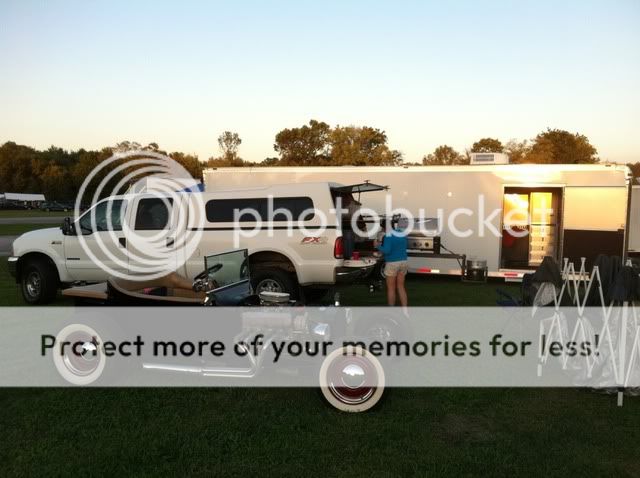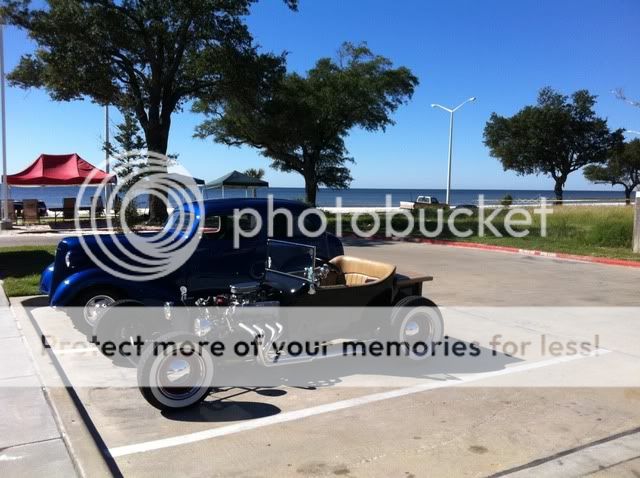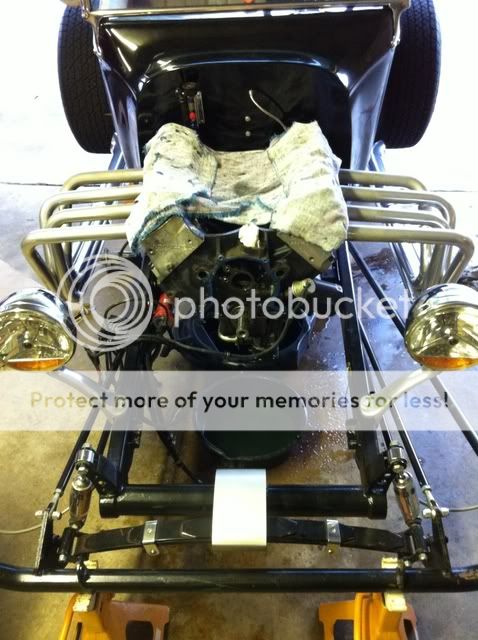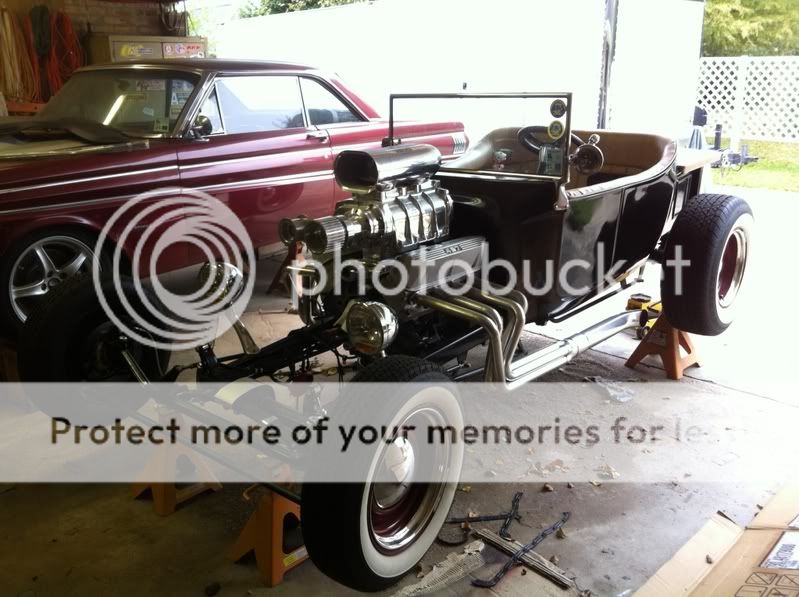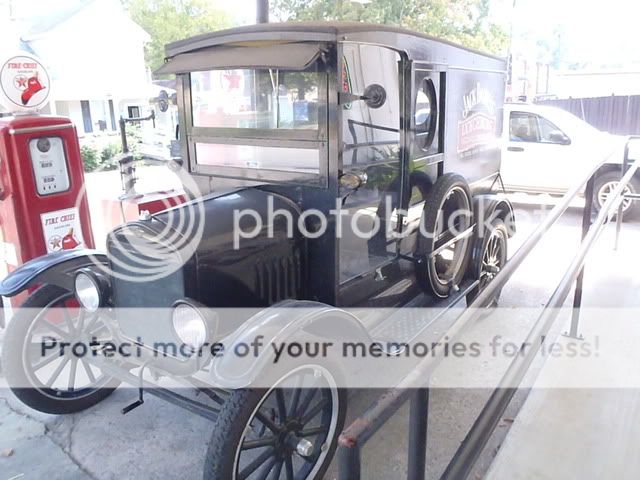Here are a couple of points on some of this -
1. A distributor gear is, by design, sacrificial. Yes, a composite gear will cost you a Franklin, whereas a nickel/bronze gear is under 1/2 that. And if you're running a Chevy, you can get a bronze gear that's a lot cheaper yet. A new distributor gear and a new cam will spend some time getting cozy with one another, which will result in the first bronze gear going away pretty quickly. You can install a second gear and find it will last forever and a day. But remember the simple fact even a composite distributor gear is a lot less money than a new camshaft.
When you assemble your engine, did you take the time to ensure proper engagement between the cam gear and the distributor gear? Suddenly, a lot of people have that deer in the headlights stare, because they never thought about it. Want to hear a secret? In nine out ten cases, you will find a 0.006" oversize gear will work better than the standard gear. But you won't know until you check. The last part you add to your new engine build should be the rear cam plug, after you lift the motor off the stand. Leave that plug out, so you can see how those gears are meshing. If you've cut the deck of the block and the deck surfaces of the heads, how do you know you don't need to shim the distributor up a few thousandths, unless you check?
2. I've heard all the old wives' tales about how Comp's cams had lobe issues. I've heard all the old wives' tales about how Comp's roller lifters were junk. Let the old wives say what they will, because when you start listening to what someone, with no means to actually test a failed component, is complaining about, you're spinning your wheels. We sold and used Comp Cams products, for decades, with zero problems.
When you're breaking in a new, flat tappet cam, do it the right way. The odds are that you've opted for a profile that caused the cam manufacturer to recommend a valve spring with more load. If it's a true, dual spring (with two round coils, not a round coil and a flat-wound, or ribbon coil), do your cam a favor. Get all of your installed heights set up (you are checking that, aren't you?) and then install just the outer coil. Leave the inner coils in the box, for the time being. Use a quality assembly lube on the cam lobes and on the face of the lifters. Prime the oiling system, so everything will be seeing oil as soon as the motor lights off. When you install the distributor, get it right, so you're not wasting a lot of time rolling the engine over with the starter. If you don't have an electric fuel pump, take the time to prime the carb with fuel. You want the engine to light off, as quickly as possible, so you're not losing the benefit of all your assembly lube. Get the motor up to 2,000 - 2,500 RPM and let it run there for 15-20 minutes, which means you want to be sure you have the cooling system ready and mufflers to keep the neighbors happy. Keep someone in the car with instructions to keep a weather eye on oil pressure and water temperature.
After this period of time, the lobes and lifter faces are lapped to one another. Now, you can get back in there, knock the spings off the heads and replacing the inner coils. Give the spings a good coat of oil, before you put the valve covers back on.
I once had a very well-known and well-respected engine builder call me, screaming about how our springs were junk, as he had broken 6 of them on just one dyno pull. I won't say we never had springs fail, but when 6 break in a single dyno pull, I knew the problem was not with the springs. When I finally got him back out of the ozone layer, I learned all 6 failures were on the intake side. Imagine that, the side with the most lift was breaking springs. When I managed to convince him to give me his installed height numbers and his valve lift figures, I grabbed a caluculator and did the math to see he had a grand total of 0.014" coil bind clearance. He threw a fit at me, because he knew he had more clearance than that. It's not rocket-science. Installed height, minus valve lift, minus solid height of the spring equals clearance. But this well-known and well-respected engine builder had never actually calculated clearance in that manner.

See where the old wives' tales come from? He couldn't sort how to set spring heights on a set of heads, so that meant our springs are junk. If ever you feel the need to run a mountain motor in a drag car, give me a ring and I'll tell you what engine builder you should avoid.
And the next time you hear one of those old wives griping about their soft cam, smile inside and go find yourself a better-educated conversation.
The Comp roller lifters problems were all a result of people "knowing" more than the people who ground their cam. Comp developed some really great profiles, but ramp speeds and lifter velocities were a lot higher than anything they had offered before. And Comp was warning people they needed springs that would give them 300 lbs. of seat load and well over 800 lbs. open load. Everyone "knew"

higher spring loads would eat horsepower :rofl:, so they ignored the recommendations. At high RPM, the lifters were lofting over the nose of the cam lobes and crashing down into the deceleration ramps, which was pulverizing the needles in the rollers. But the lifters were failing, so those lifters just had to be junk. The old wives wanted everyone to believe higher spring loads were wasting horsepressure, as the cam had to roll up against all that additional load. Errrr, excuse me, but what about those four valves that are closing and taking all that additional load to help keep the cam moving? Before we finally gave up on the "trick-of-the-week, gimme-gimme-gimme" racers, we had springs that were well in excess of 400 lbs. of seat load and 1100 lbs. of open load. And we never saw a single motor ever back up on numbers, simply because we had put a stouter spring on.
3. Cast iron camshafts don't cost a lot to make. And work fine in most applications. But when you want to use a roller lifter with a steel wheel against a cast iron core, the cam will fail. You can take a cast iron core and austemper it, which will provide a bit more life. But, at the end of the day, it is still a cast iron core, which cost a lot more money, because of the additional heat-treating. If you want to run a roller lifter, you really want to use a billet steel cam core. But you're going to spend some extra dollars for the steel core.
I spent 37 years in that market and I've heard almost all the stories there are to tell. And when I hear an "expert" telling people how this "junk" product failed in his engine and how that "junk" product failed in his engine, I realize I'm listening to someone who really doesn't have a clue. As Jay discovered, parts do fail. It happens. Jay accepted that fact, bought fresh pieces and got things running again. (And it sounds like it's running quite well!) Props to Jay on his new monster motor!
The next time you hear someone complaining about how a particular cam manufacturer has junk cams, simply because he managed to kill one camshaft in his entire life, bear in mind this individual is never going to tell you about all the mistakes he's made. :winkn:


